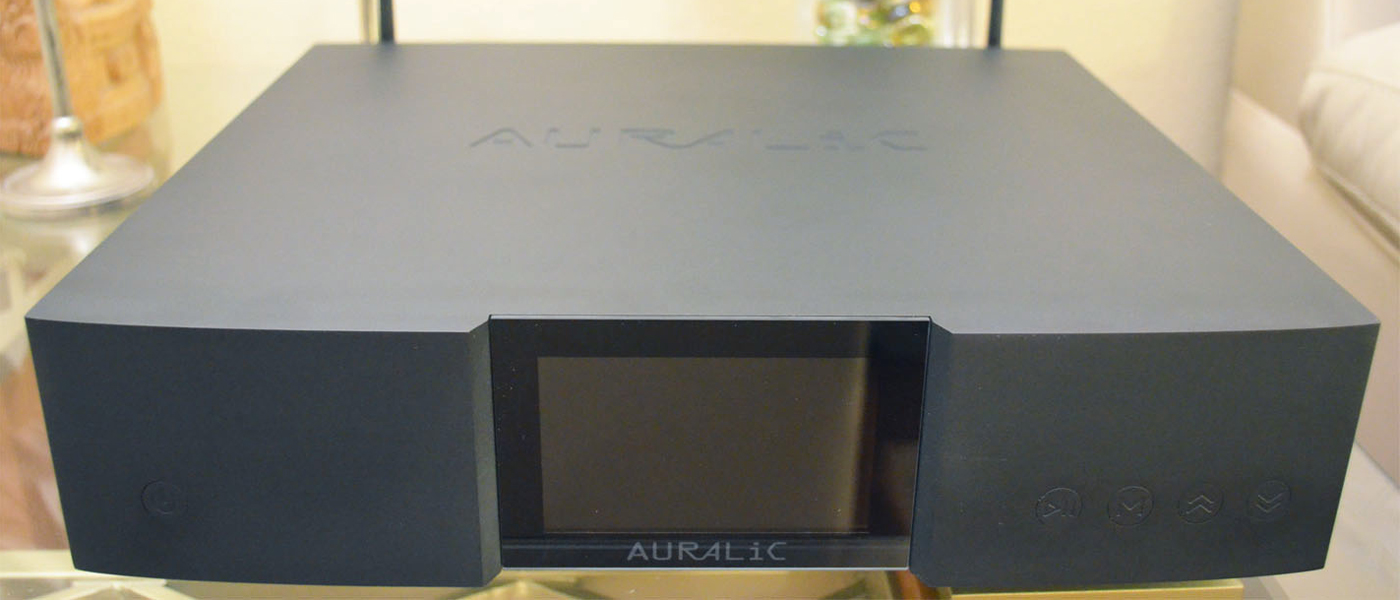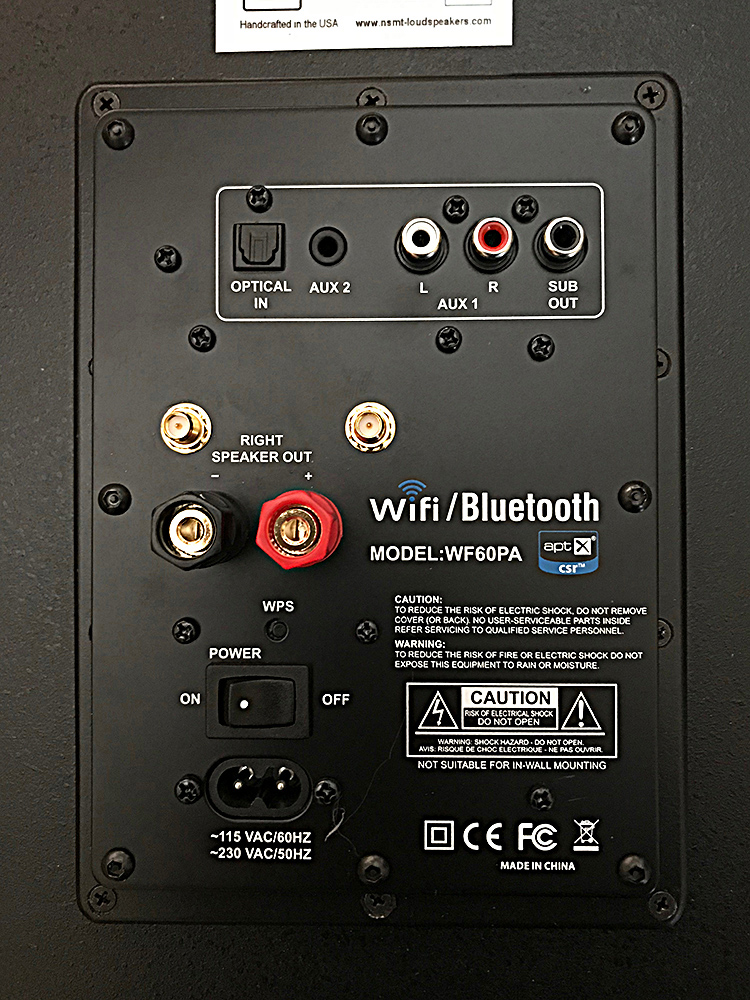The NSMT Chorus speaker can be hung on a wall for bass reinforcement, or placed on attractive, adjustable stands (optional). NSMT has been in business since 1990 and earned an enviable reputation among audiophiles. They are not heavy advertisers, and you may not have ever heard of the brand, but they have found favor with many critical listeners and recording studios.
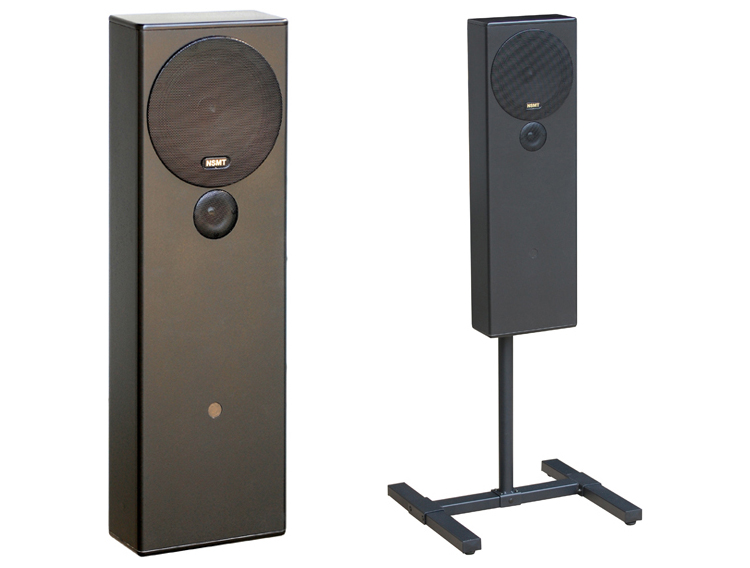
The NSMT Chorus Speaker Powered Wireless Speaker
- Minimum phase, time coherent and positive polarity design
- Built in Class D, 60 watt amplifier matched to the speaker for best performance
- WiFi and AptX Bluetooth inputs
- RCA, 3.5mm and optical inputs
- Subwoofer output
- Easily driven to more than 100dBs
I wasn’t sure what to expect from the NSMT Chorus Powered Wireless Speakers. Designed to be wall hanging or on stands, I opted for the metal stands which NSMT was nice enough to provide. I listened in my main listening room – my living room, which hosts my usual system, including Magnepan 3.6r speakers. While not the newest speakers out there, they have served me well over the years, supplemented by a PSA XV15 subwoofer. I also listened to the Chorus in an average size bedroom, and my compact home theater (12’x10’).
Dimensions:
(H x W x D) 30 X 9.5 X 4.5 inches / 76 X 24 X 11 cm
Bandwidth:
35 Hz to 20 kHz (frequency coverage)
+/- 3.5 dB 42 Hz to 20, kHz (measured on wall by mfg)
Amplifier specifications:
Power:
2 x 30 Watts RMS (Class D)
Inputs:
AUX 1: 2 x RCA, AUX 2: 3.5mm Stereo, S/PDIF Optical: Toslink
Outputs:
Dual 5-way binding posts, RCA LFE Output (80 Hz X-over)
Frequency response:
45-20,000 Hz
Bluetooth module:
V4.0 + EDR, Class II
Bluetooth Audio Profiles:
aptX, A2DP, AVRCP, HFP, and HSP
Bluetooth range:
10 meters
Wi-Fi:
2.4 GHz, Apple AirPlay® DLNA, Hi-Fly App compatible
Signal to noise ratio:
>95dB
The NSMT Chorus Powered Wireless Speaker MSRP:
$1195.00
Metal Stands:
$195.00 per pair
Wall hanging hardware:
$19.95 per pair
Company:
SECRETS Tags:
NSMT, Chorus Speaker, Powered Wireless Speaker, Wireless Speaker, Wireless Speaker Reviews 2017
I really wasn’t quite prepared for the excellent performance of these speakers, in particular the palpable 3D stereo image that the Chorus speakers created in my listening rooms. Imaging is the ‘holy grail’ of speaker design, and NSMT has achieved this elusive capability just right. In my two smaller rooms, room acoustics don’t play as large a roll. I’m sitting close to the speakers, and they radiate out the front without many reflections but even in my large living room the depth effect was obvious and very realistic.
NSMT has been around a long time. Founded in 1990, it was originally known as NSM Loudspeakers. In 2011 the company name was changed to NSMT Loudspeakers, but continued under the same ownership since the day it was founded.
Secrets Sponsor
NSMT is not a well-known name in the consumer space, but it is popular and respected among the small dedicate Audio Salons that have demonstrated NSMT products over the years. Word of mouth has sustained the brand, which is generally considered to be high quality and high value. NSMT speakers are also broadly used as monitors in some of the finest recording studios in the U.S, including Hook Shop Studio in Boca Raton, Florida; Lundval Mastering in Jersey City, New Jersey; and North Country Audio in Redwood, New York..
Before getting too deep into the review, we need to define the word ‘wireless’ in the context of this product. The Chorus Speaker still requires a signal cable from most sources to the speakers. In regular use, a signal cable(s) needs to be routed to the speakers from a source component to the built-in amplifier inputs on the rear of the left speaker. Then a speaker cable runs from the left to the right speaker. The Chorus Speaker has its amplifiers in the left speaker enclosure, so in this mode it only requires a source like a preamplifier, a disc player, or a digital music player.
Secrets Sponsor
The speaker also requires an AC cable to power the amplifiers, and the WiFi and Bluetooth radio systems, and those radios are what give the NSMT Chorus its wireless capabilities.
The speakers offer wireless Bluetooth connections, supporting the high quality AptX system. The Chorus Loudspeaker also offers WiFi connectivity, and Apple AirPlay. There are also DLNA connections to servers using the downloadable Hi-Fly app, which runs on iOS or Android devices. On the back of the left speaker is a small antenna for the wireless systems. Inputs include Aux 1, which is 2 RCA inputs for standard garden variety analog components; Aux 2 which supports a 3.5mm stereo plug, and an S/PDIF Toslink Optical input.
The NSMT Chorus Powered Wireless Speaker has a bass port at the bottom, so they can’t be placed on a shelf or directly on the floor. So, consider these wall-mounted speakers or place them on the optional stands that set them off the floor and leaves ample room for the bass port.
The built-in amplifiers offer 30 watts per channel and there is a subwoofer output with an 80 Hz crossover point.
The speakers arrived very well packed, with a quick setup guide, and there were instructions for assembling the speaker stands. The optional stands had a lot of hardware to assemble them, but the printed guide was clear enough and I had no issues getting the stands put together, and mounted the speakers onto the stands. I handled the assembly and mounting on my own, but you might think about getting an extra pair of hands for the process. The stands are adjustable in height, and tilt, so getting the speakers set up to match a particular listening position is quite easy and convenient.

In my first listening room, I connected an Oppo UDP-203 for music playback of SACDs and high-resolution files. I also spent time listening to movie audio from Blu-ray discs. I did this using the Oppo stereo analog outputs connecting the Oppo directly to the RCA inputs on the Chorus loudspeakers. The speakers offer a nice little small remote that controls volume, and allows users to switch the speaker inputs. The speakers can also be powered off and on from the remote. A blue light indicates power is on, a red light shows the speaker is in standby.
After first powering up the speakers, I was quickly impressed with the stability and depth of the stereo image I was getting. Not only was the sound nicely spread between the two speakers, there was a very obvious sense of depth, with a large chorus clearly placed behind the orchestra in a large scale classical piece. With jazz, the instruments were also placed with believable width and depth. I don’t think I’ve often heard a coherent image from speakers other than in demo rooms at Hi-Fi shows. It was certainly a more realistic and focused image than I was hearing from my much more expensive Magnepan speaker, which is no slouch when it comes to creating a realistic image. The Maggies had a more extended frequency response, with better, extended highs, on the same program material, but the Chorus Loudspeakers really beat my Maggies in terms of stereo image. That may not be true in every room, but it was true in my listening room. Part of the reason is the Magnepans direct sound to both the front and back, while the Chorus speakers give you direct sound, aimed at the listening position.
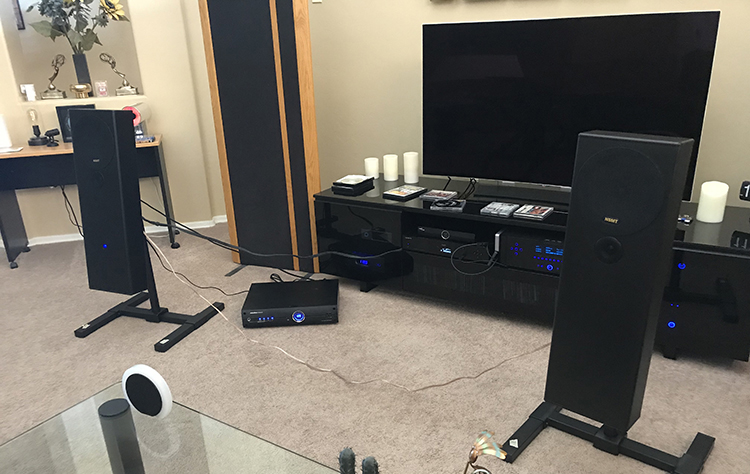
I wanted to hear the NSMT Chorus Powered Wireless Speakers competing against a speaker in about the same price range, so I set up a pair of KEF LS-50 speakers. I thought the KEFs ($1500 per pair) had a wider frequency range, a little better bass, and slightly more extended highs, but again, while providing an excellent image, the KEFs were still bested by the Chorus Loudspeakers in terms of depth and instrument placement.
Bass was never spectacular on the Chorus Loudspeakers, but it had a good balance of frequencies and sounded very natural. The subwoofer output is there for a reason, so I used it. I plugged in a Klipsch wireless subwoofer, (an R10SWi) that I use in my master bedroom, and that immediately improved the overall sound of the Chorus Loudspeakers. I also tried my large PSA XV15 sub that I use with my Magnepans. That subwoofer was harder to integrate, and the bass was a bit overpowering and not a good match for the Chorus Loudspeakers. It also overpowered the KEF LS50s, and resulted in a pretty bass heavy presentation. It just didn’t to my ear provide a realistic balance between the speakers and the sub.
I think most listeners will want a subwoofer to use with the Chorus Loudspeakers, but in small rooms, mounted on a wall, the NSMT Chorus Powered Wireless Speakers may provide enough bass without being augmented with a sub, depending on your taste and room factors. The speaker specifications say on a wall it will go down to 35 kHz, not the deepest bass, but solid enough for most program material. On stands they sounded very good with my smaller sub.
The amplifiers chosen by NSMT to power the speakers are an excellent choice, and have the advantage of being a well-matched to the speakers by the manufacturer, a is potentially an asset compared to when you try to match amps and speakers on your own.
With a rated sensitivity of 96 dBs, the speakers could easily be driven to 100db, something I confirmed with an SPL meter. The speaker specifications say a user can reach that volume with only 5 watts from the included amplifiers, and my experience bears that out. Even when played loud, the speakers never sounded strained or distorted.
I tried the various wireless configurations offered by the Chorus Loudspeakers and found them to work well.
I streamed music from my iPhone 7 plus, and music played without incident, although Apple still does not support the AptX streaming protocol. (Apple, you are WAY overdue on this.) I then tried a WiFi connection and the pairing was quick and easy. The range for both Bluetooth and WiFi was quite good, with the speaker clearly outputting music when I was a couple of rooms away from the speakers.
I listened to a wide variety of music on the Chorus Loudspeakers.

I started with the Telarc SACD Rozsa disc, Three Choral Suites, featuring music from the composer’s film scores for Ben-Hur, King of Kings, and Quo Vadis. The music uses a large orchestra and a massed chorus for a rather thunderous presentation.
At no time did the Chorus Loudspeakers become congested or distorted. Without the subwoofer, the speakers did not extend as low as the accompanying organ in the recording, but they presented a solid image with great positional information.
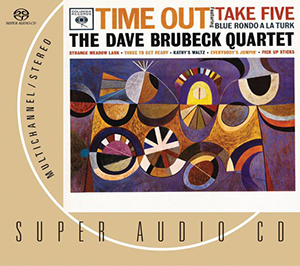
For jazz I used the SACD of Dave Brubeck’s iconic Time Out. Here again, the sense of 3D depth was as good as I have heard from speakers in my main listening room.
Percussion instruments had snap and sizzle, but the lowest bass notes were missing again. Hooking up the Klipsch subwoofer solved that, and gave me a terrific presentation.
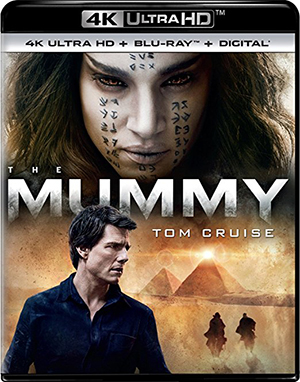
I tried a few movies known for good sound as well, starting out with The Mummy with Tom Cruise. It was a truly horrendous film, but it had a great mix.
I listened in pure stereo so I was only hearing the Chorus speakers, then let my rear Aperion speakers fill in the surrounds in another listening session. The match was good, but the front imaging became a bit blurry, so for my testing I listened mostly to the stereo mix only.
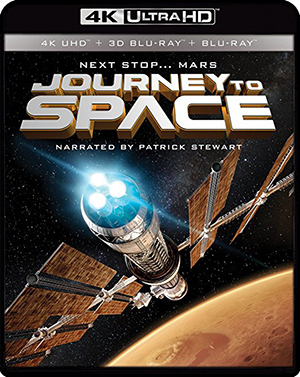
I also watched the IMAX 4K disc – Journey to Space. As I expected, the stereo image was terrific, bass was a little weak when the Space Shuttle takes off, but it’s easily augmented with a sub.
At just under $1200 with integrated amps, THE NSMT CHORUS POWERED WIRELESS SPEAKERS are an outstanding value. My KEF LS50s sound a little better, but they retail at $1500 without amplification, so in truth the KEF pair cost quite a bit more
- Excellent sound
- Phase coherence and lifelike imaging
- Build quality
- Easy setup
- Easy to use remote
- NMST offered subwoofer designed specifically for this speaker
I think either the NSMT Chorus Powered Wireless Speaker, or the non-amplified version are worthy of a serious listen. They have found their way into some of the best recording studios around and would be quite happy in an appropriate room in your home.
The Chorus Loudspeakers sounded fine on the optional stands, but I think the wall mounting should reinforce the low end. To my mind the NSMT Chorus Powered Wireless Speakers performed better for music than a home theater, largely because of bass extension. Although the speakers can get quite loud in any room, my results tell me the design of this speaker lends itself to a small to mid-sized listening room.
I do question the wireless technology – Almost any wireless transmission will degrade at least slightly the quality of the music, especially if you are playing high resolution files. Someone wanting a speaker of this quality might not care at all about the built-in Bluetooth or Wi-Fi, and rather see the speaker offered with a matching subwoofer.
If you don’t care about the wireless features, consider the Chorus model without built in amps or the wireless radios. The passive Chorus speakers (no amps or wireless functions) have an MSRP of $995.00. Even if you go that way, there are pre-amps and processors that offer wireless features, and devices like the Apple TV that can get your music off a mobile device and relay it to your speakers.
Certainly, NSMT does not limit your choices in this regard. The fact is this is an excellent speaker. It meets its design goals of reducing phase anomalies and presenting the listener with a coherent sound which results in a very stable and realistic image. Almost all speaker builders agree with keeping the phasing coherent, the Chorus speakers by providing the amp along with the speakers, can make sure the system is in phase. NMST might think about a matched subwoofer for this system and create a package around that. NSMT offers two fine subwoofers. The lower priced one, the EXP at $795.00 is a good match according to NSMT President Erol Ricketts. Actually, I had a good audio experience with my less expensive Klipsch wireless subwoofer.


